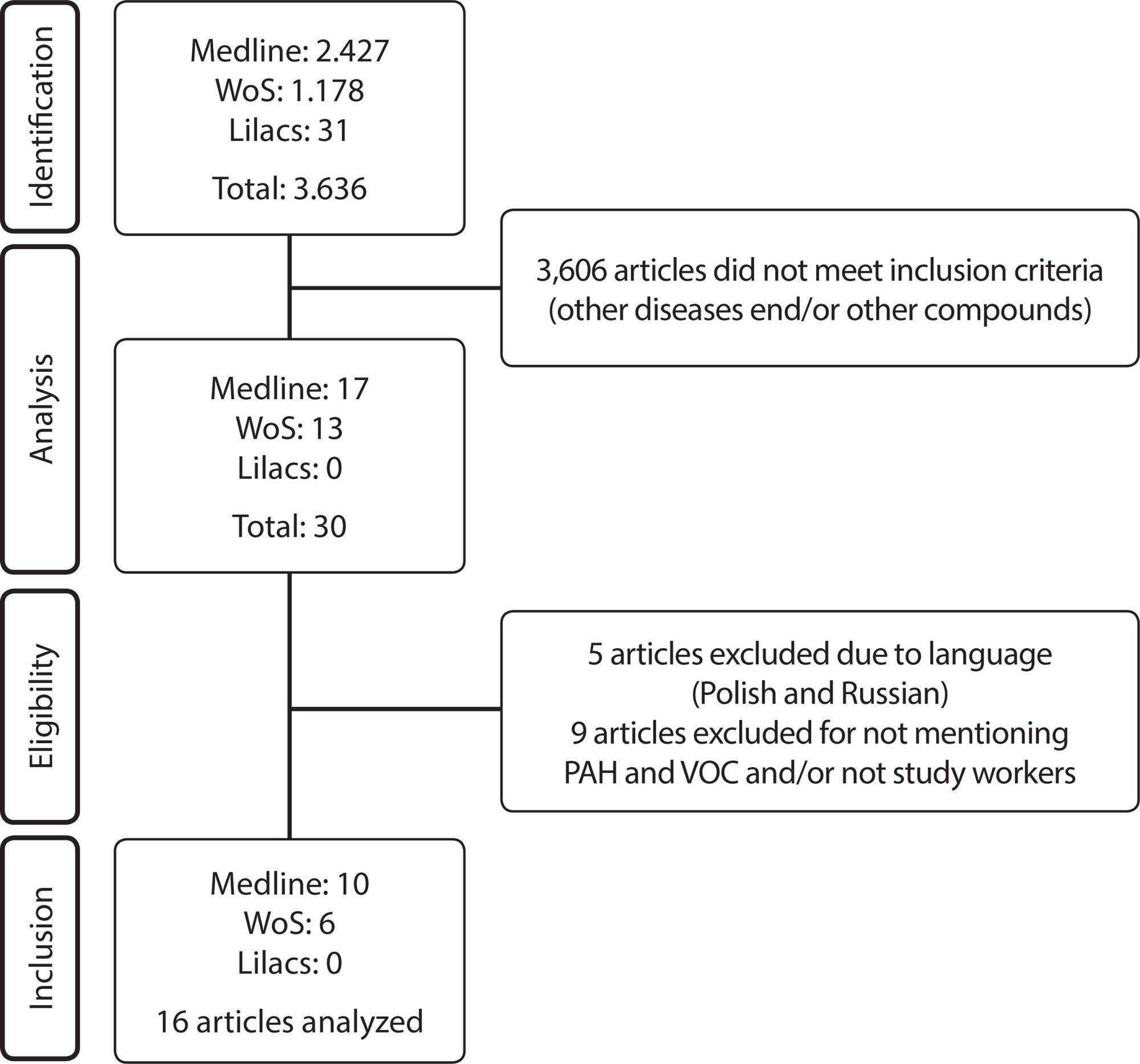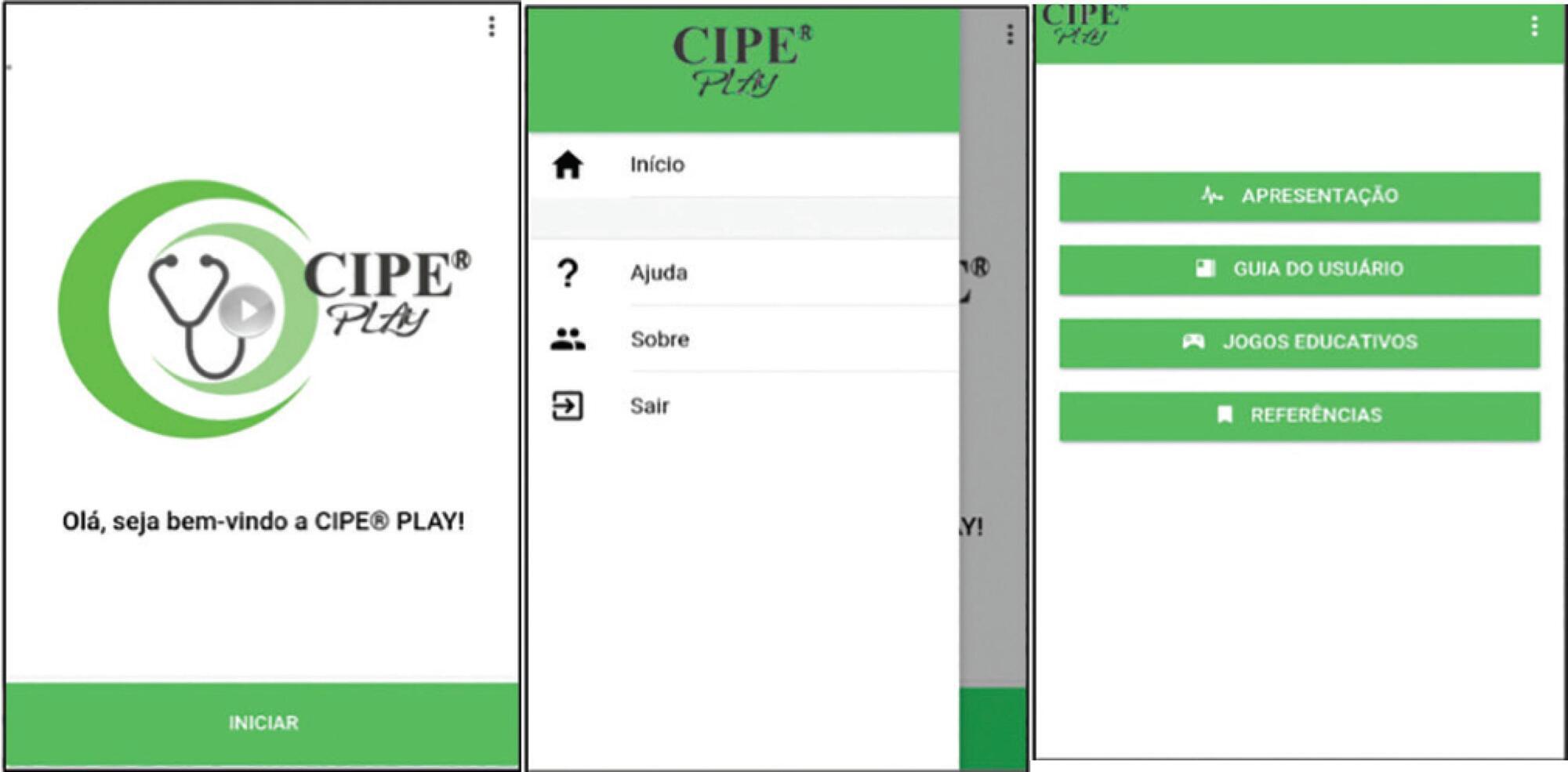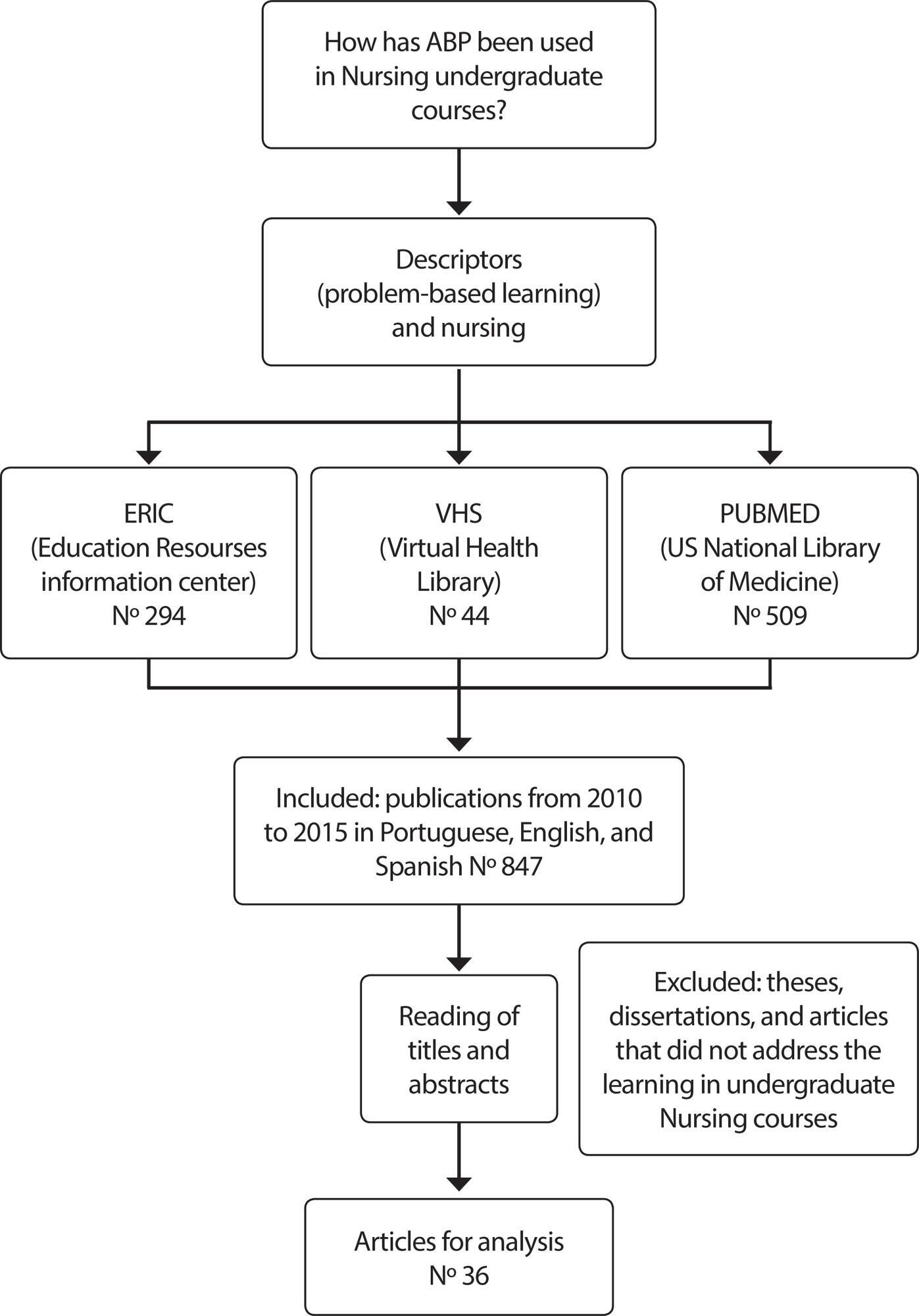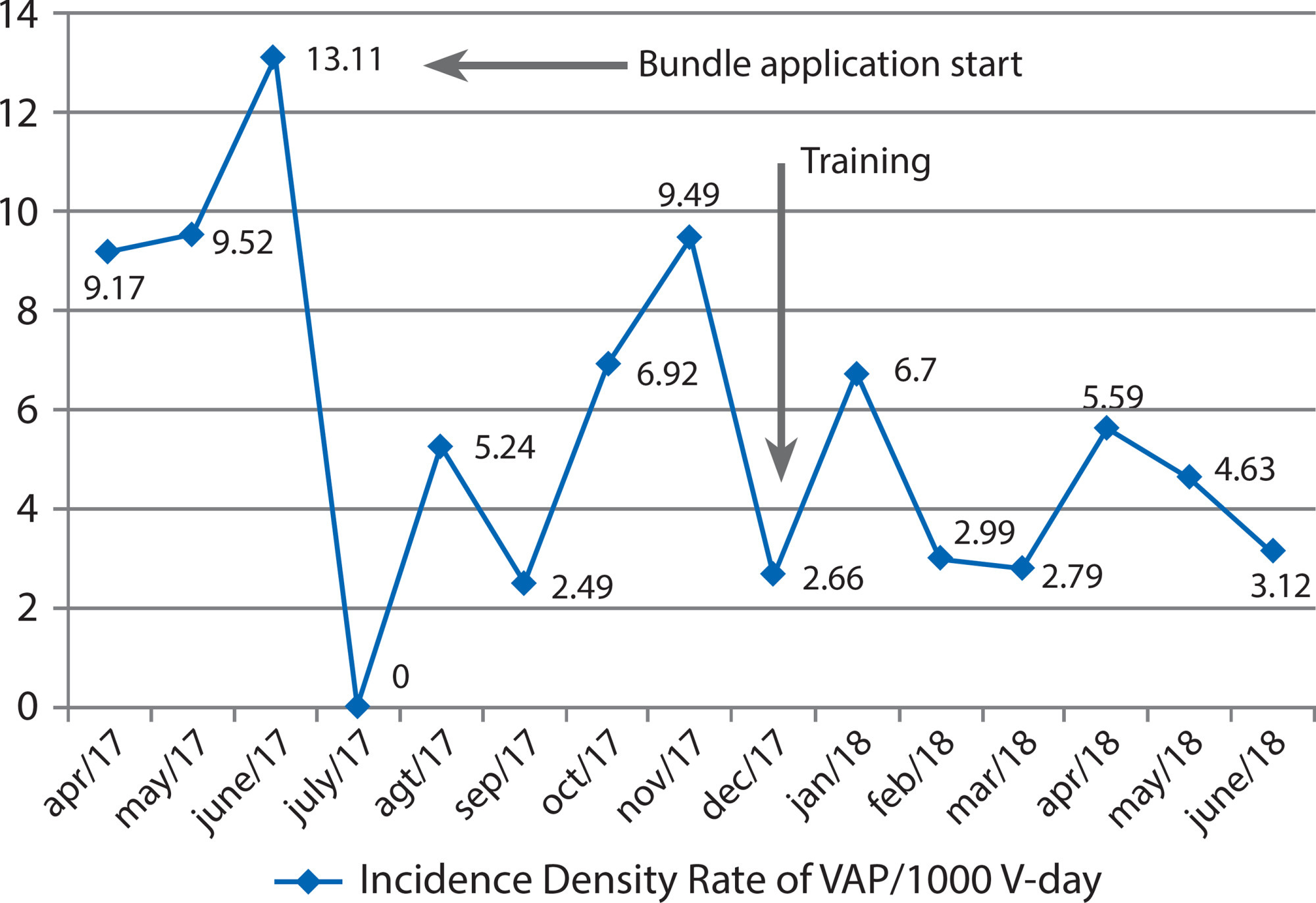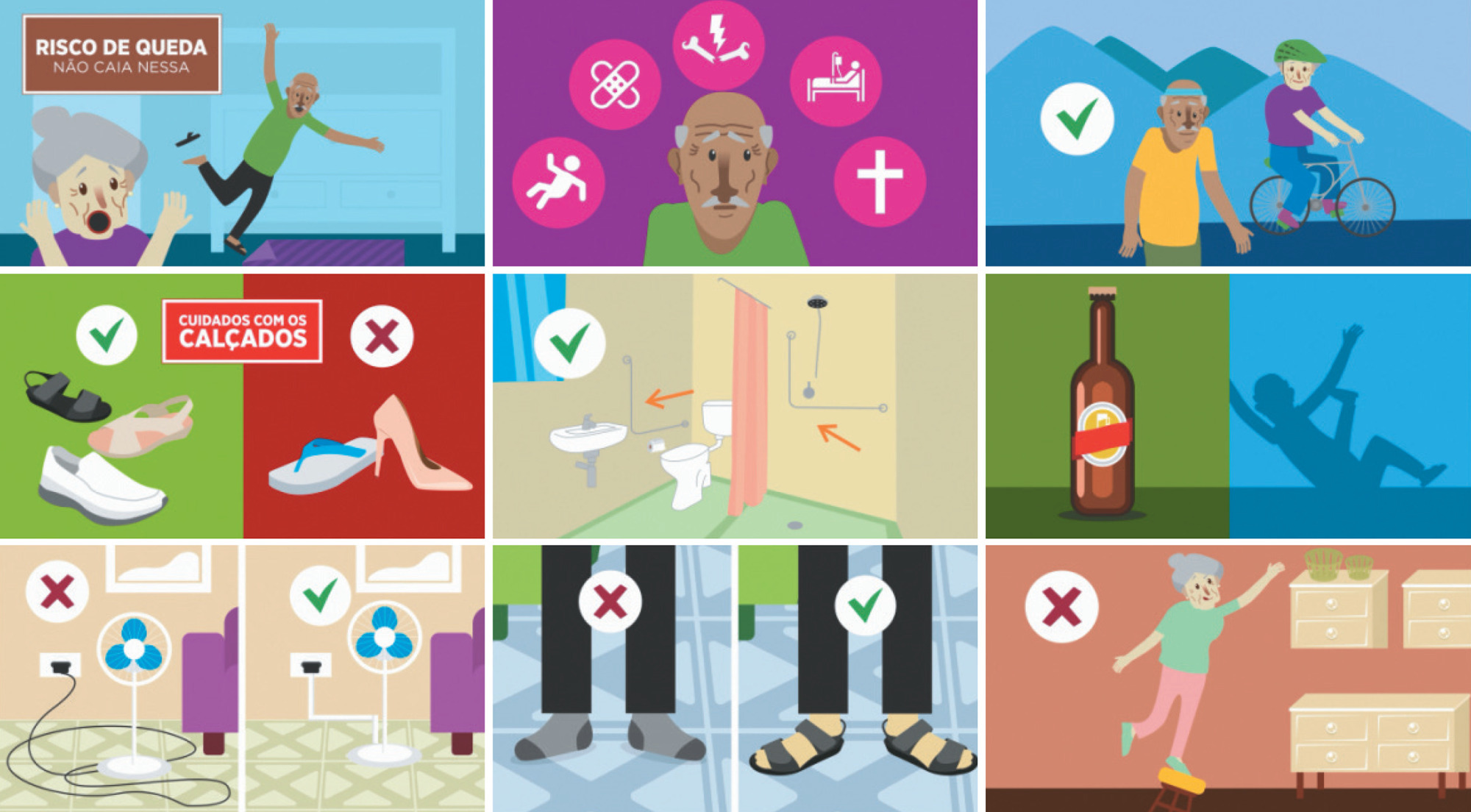-
RESEARCH01-01-2018
Professional exhaustion, quality and intentions among family health nurses
Revista Brasileira de Enfermagem. 2018;71:2295-2301
Abstract
RESEARCHProfessional exhaustion, quality and intentions among family health nurses
Revista Brasileira de Enfermagem. 2018;71:2295-2301
DOI 10.1590/0034-7167-2016-0510
Views0See moreABSTRACT
Objective:
to analyze how family health nurses assess quality of care; check if they have any intention of leaving their current job and nursing; estimate prevalence of professional exhaustion; and correlate these variables.
Method:
cross-sectional and correlational study with 198 nurses. The Maslach Burnout Inventory was applied, as it has questions for characterizing nurses, assessing perception on quality of care and of material and human resources, and verifying intention of leaving current work and nursing.
Results:
most nurses assess quality of care as good, 28.0% present emotional exhaustion, there is intention of leaving current work and nursing.
Conclusions:
family health nurses experience professional exhaustion, which in turn presents correlation with decreased quality of care and increased intentions of leaving current work and nursing.
-
RESEARCH01-01-2018
Ombudsman’s experience in Psychosocial Care Centers for alcohol/drugs
Revista Brasileira de Enfermagem. 2018;71:2287-2294
Abstract
RESEARCHOmbudsman’s experience in Psychosocial Care Centers for alcohol/drugs
Revista Brasileira de Enfermagem. 2018;71:2287-2294
DOI 10.1590/0034-7167-2017-0924
Views0See moreABSTRACT
Objective:
The objective of the study was to analyze criticisms, compliments and suggestions of users, family and workers, placed in an Ombudsman of a Centro de Atenção Psicossocial para Álcool e outras Drogas (Psychosocial Care Centers for Alcohol and Other Drugs- CAPS ad).
Method:
A study carried out in the CAPS ad of Macapá-AP from August to December 2016, through the thematic content analysis of the files deposited in the ombudsman, recently introduced in the service, containing criticisms, compliments and suggestions from users, family members, and CAPS ad.
Results:
It was observed the dissatisfaction with the infrastructure of the CAPS ad, and with the relationships built between users and professionals, in addition, suggestions were given of workshops, and improvement in the development of the Projeto Terapêutico Singular (freely translated as Unique Therapeutic Project).
Final considerations:
It is concluded that the multidisciplinary team needs to put in practice the real psychosocial care in the service, and that the management helps in the improvement of the service’s place, and in the proposal of qualifications to this team.
-
RESEARCH01-01-2018
Nursing students’ sense perception of communication in psychiatric hospital
Revista Brasileira de Enfermagem. 2018;71:2280-2286
Abstract
RESEARCHNursing students’ sense perception of communication in psychiatric hospital
Revista Brasileira de Enfermagem. 2018;71:2280-2286
DOI 10.1590/0034-7167-2017-0957
Views0See moreABSTRACT
Objective:
to analyze the sense perception of nursing students in the learning of communication in a psychiatric hospital.
Method:
qualitative, exploratory and descriptive, from representative drawings of the communication perceived by the body senses of 23 nursing students, and recorded enunciation of the remarkable experiences after the end of the practical activities. The data were analyzed according to thematic content.
Results:
the heart captures perceptions, favoring interpersonal relationships; smelling shows care lacking in hospitalization; vision monopolizes the impressions of reality, making the movements static; hearing is exercised in the amplitude to listen; touching demarcates limitations of contact and interaction; and tasting, as social sense, seeks to overcome the obstacles to take care.
Conclusion:
the learning of communication was significant, making the psychiatric hospital a space to listen to what is inside, to find in the emotions and rationalities the sensations that can be inside and outside the tension nodes that interfere in the perceptions.
-
RESEARCH01-01-2018
Feelings of families regarding drug dependence: in the light of comprehensive sociology
Revista Brasileira de Enfermagem. 2018;71:2272-2279
Abstract
RESEARCHFeelings of families regarding drug dependence: in the light of comprehensive sociology
Revista Brasileira de Enfermagem. 2018;71:2272-2279
DOI 10.1590/0034-7167-2018-0150
Views0See moreABSTRACT
Objective:
to understand the feelings of families before drug dependence.
Method:
exploratory, analytical and qualitative study carried out with families of drug users, which are followed up by the Centro de Atenção Psicossocial Álcool e Drogas (Psychosocial Care Center for Alcohol and DARUGS). The collection of data took place by in-depth interview, with the support of field diary. Three visits were done, on average, for each family. The software IRAMUTEQ was adopted for textual corpus organization and was discussed in the light of Michel Maffesoli.
Results:
nine families participated in the research; from the analysis, four classes arose: “My life has changed a lot because of drugs”; “I fear leaving him alone”; “I trust and have faith in God”, and “I am always worried in my own house”.
Final considerations:
the families revealed how much drug dependence did not only affect the user, but also the whole family, provoking in the family complex feelings and emotions.

-
RESEARCH01-01-2018
Project K: Training for hospital-community safe transition
Revista Brasileira de Enfermagem. 2018;71:2264-2271
Abstract
RESEARCHProject K: Training for hospital-community safe transition
Revista Brasileira de Enfermagem. 2018;71:2264-2271
DOI 10.1590/0034-7167-2018-0190
Views0See moreABSTRACT
Objective:
To define the safe transition process from hospital to community of patients with chronic mental disorders and their families.
Method:
This was an action research study included in the constructivist paradigm. The participants in the study were nurses from a psychiatry service and from primary healthcare services.
Results:
After the identification of causes of continuity fragmentation, the following items emerged from the participants’ speeches: a) two criteria categories for safe transition (those associated with health status, dependence level, and self-care capacity of patients, and those associated with knowledge and competence level of informal caregivers); b) the design of an algorithm to facilitate clinical decision-making.
Final considerations:
In order to promote adherence to therapeutic treatment in the hospital-community transition, treatment plans must include patients and their families, and improve communication networks and support among care levels.

-
RESEARCH01-01-2018
Screening and Brief Intervention for the use of alcohol and other drugs
Revista Brasileira de Enfermagem. 2018;71:2258-2263
Abstract
RESEARCHScreening and Brief Intervention for the use of alcohol and other drugs
Revista Brasileira de Enfermagem. 2018;71:2258-2263
DOI 10.1590/0034-7167-2017-0444
Views0See moreABSTRACT
Objective:
to identify the lifetime use of alcohol and other drugs among users of the Family Health Strategy and apply Brief Intervention to problems related to the use of these substances.
Method:
a descriptive cross-sectional study where 1,031 users of the Family Health Strategy of the city of Rio de Janeiro answered a form with socio-demographic information and the Alcohol, Smoking and Substance Involvement Screening Test. Statistical analysis with simple frequency distribution was performed.
Results:
the most commonly used drugs in lifetime were alcohol and tobacco; among the illegal drugs, marijuana, hypnotics and cocaine/crack stood out. Those who received most Brief Intervention were users of tobacco, hypnotics, marijuana, cocaine/crack and alcohol.
Conclusion:
it is important to detect early problems associated with the use of alcohol and other drugs in Primary Care, since it has the promotion/protection of health and the prevention of diseases as priority health practices.
-
RESEARCH01-01-2018
Night beds in psychosocial attention care centers for alcohol and drugs: analysis and characterization
Revista Brasileira de Enfermagem. 2018;71:2251-2257
Abstract
RESEARCHNight beds in psychosocial attention care centers for alcohol and drugs: analysis and characterization
Revista Brasileira de Enfermagem. 2018;71:2251-2257
DOI 10.1590/0034-7167-2018-0149
Views1See moreABSTRACT
Objective:
To analyze and characterize the use of night beds in a Psychosocial Attention Care Center for Alcohol and Drugs (Centro de Atenção Psicossocial Álcool e Drogas – CAPS ad).
Method:
It is a quantitative, documental, descriptive and retrospective study. Data were gathered from 565 medical records. An analysis of continuous variables was performed.
Results:
When admitted to the beds, most users (87.6%) consumed multiple substances daily and were vulnerable, specially in street situation (68.3%). These users were admitted on an average of two times, undergoing a previous evaluation by the nurse (85.8%), usually for detoxication or due to the vulnerable condition. They stayed in the center for an average of seven days and 31.1% did not finish what was proposed. For a few cases, hospital support was needed. Overall, discharges were planned, but the return happened without booking.
Conclusion:
Social issues cut through the use of night beds, however, it is a therapeutic resource that meets significant demands and is present in the daily lives of vulnerable users as a comprehensive care.
-
RESEARCH01-01-2018
Adaptation and validation of the Measuring of Treatment Adherence for mental health
Revista Brasileira de Enfermagem. 2018;71:2243-2250
Abstract
RESEARCHAdaptation and validation of the Measuring of Treatment Adherence for mental health
Revista Brasileira de Enfermagem. 2018;71:2243-2250
DOI 10.1590/0034-7167-2017-0796
Views0See moreABSTRACT
Objective:
to adapt culturally and validate the Measuring Instrument of Treatment Adherence for mental health.
Method:
methodological study, carried out with 300 individuals with mental disorders, in two Psychosocial Care Centers in Curitiba, state of Paraná, Brazil, from April to June 2014. The cross-cultural adaptation was developed according to international recommendations, the construct validation was made by exploratory factor analysis, and internal consistency was verified by Cronbach’s alpha.
Results:
through the evaluation of a committee of experts and completion of the pre-testing, face and content validation was achieved. From the factor analysis, we identified two factors of the instrument’s construct: involuntary action and voluntary action, with a total explanation variance of 55.7%. The value of Bartlett’s test of sphericity was p<0.001. Cronbach’s alpha was 0.74.
Conclusion:
the adapted and validated instrument proved to be trustworthy to be applied to the verification of adherence to drug therapy for individuals with mental disorders.
Search
Search in:
Nuvem de Tags
Enfermagem (930)Cuidados de Enfermagem (269)Atenção Primária à Saúde (239)Idoso (208)Educação em Enfermagem (151)Segurança do Paciente (150)Saúde Mental (145)Educação em Saúde (139)Estudos de Validação (131)Qualidade de Vida (104)Tecnologia Educacional (100)Promoção da Saúde (99)COVID-19 (91)Criança (91)Família (87)Enfermagem Pediátrica (86)Saúde do Trabalhador (86)Adolescente (85)Saúde Pública (82)Estudantes de Enfermagem (77)








